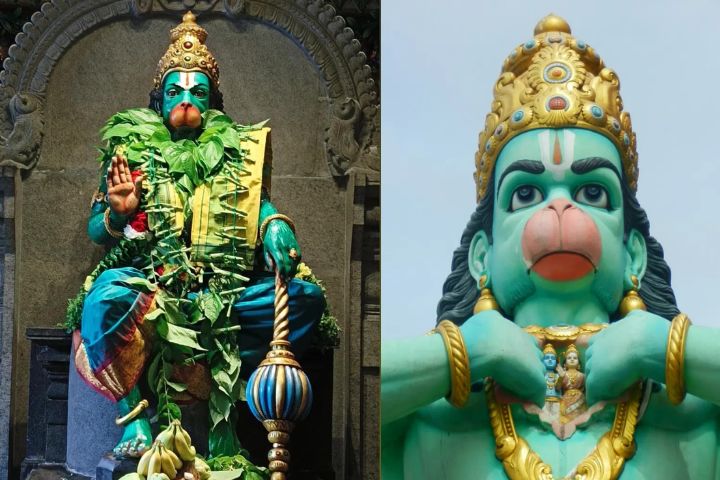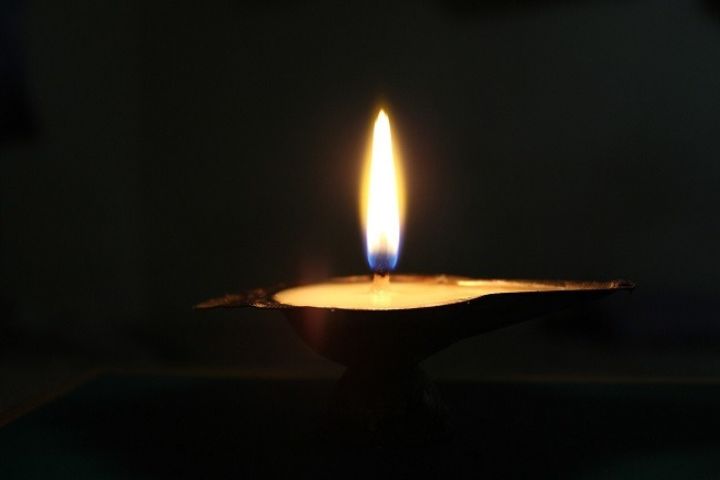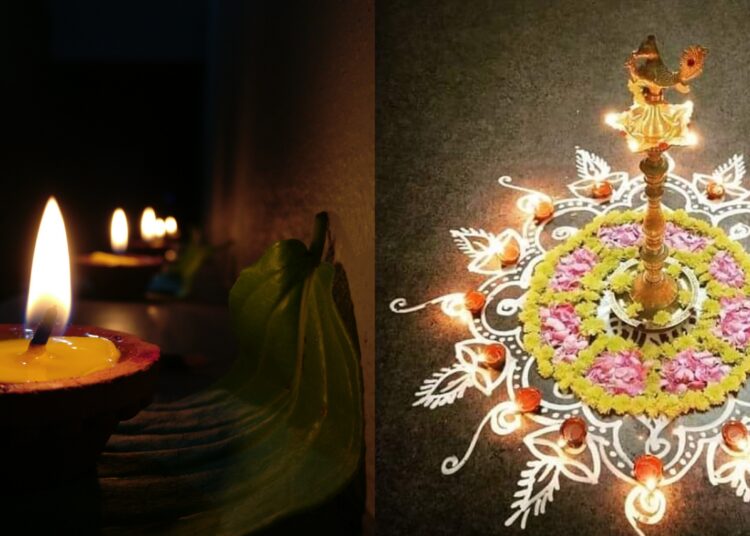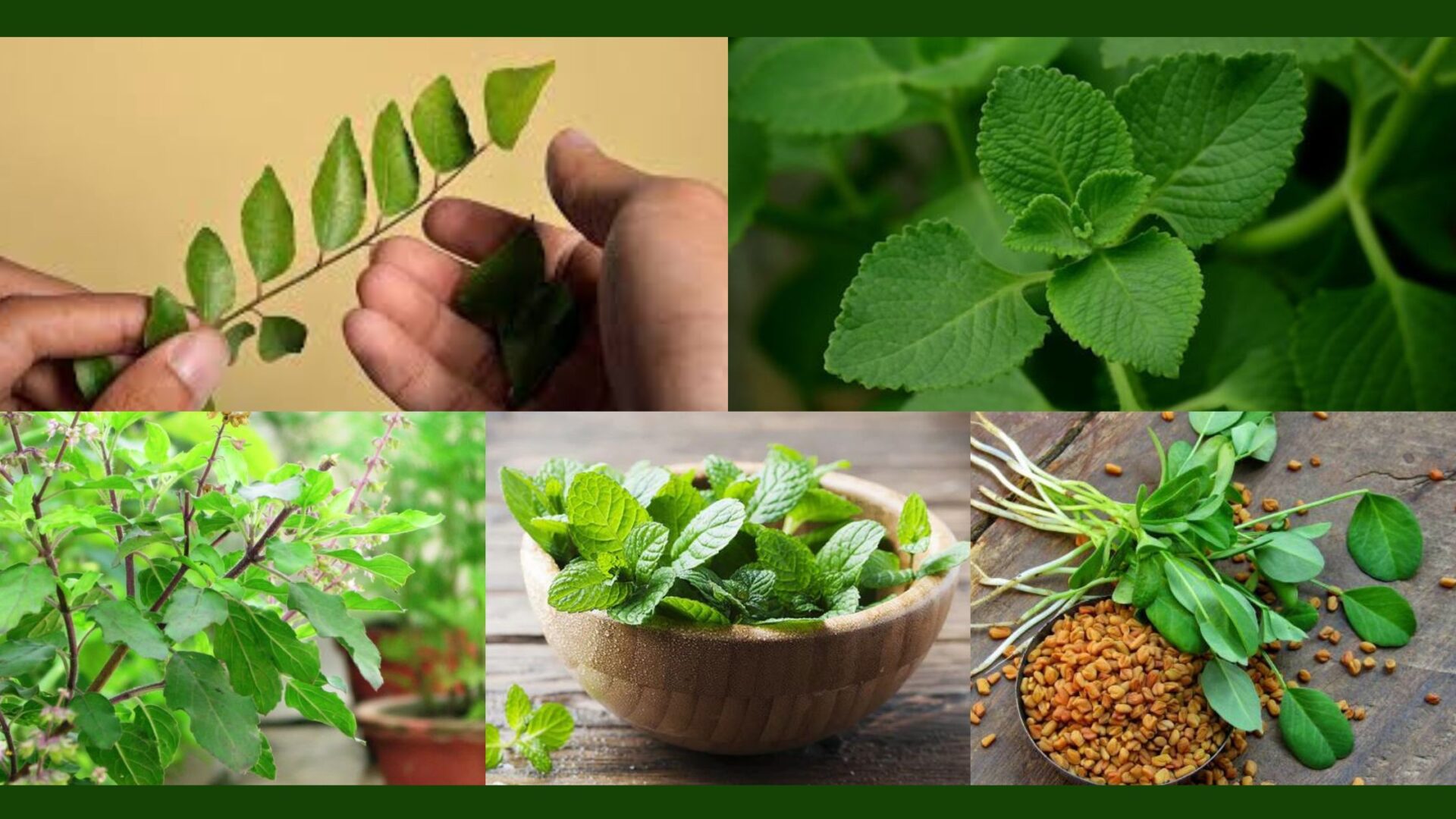If there is one character revered by many in the Hindu shastras, it is none other than the most precious devotee of Rama, Hanuman.
Hanuman, also known as Anjaneya (the son of Anjana), Bajrangbali (the one with limbs as hard as diamond), and of course Ramabhakta (devotee of Rama), played a pivotal role in the epic Ramayana and even in the great battle of Kurukshetra.

Today, the whole world comes together to celebrate the auspicious Hanuman Jayanti, which marks the birth of this beloved deity.
This is the second time the auspicious event is celebrated in a calendar year.
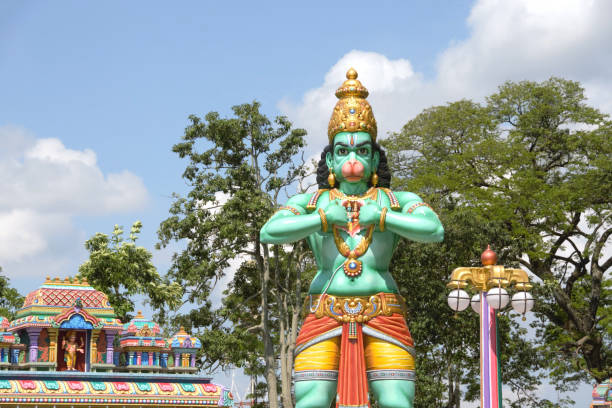
In fact, Hanuman’s birth anniversary is celebrated four times in a calendar year.
The festival is observed on different dates across India, aligning with local traditions and beliefs. This results in multiple observances of the festival in a calendar year:
- Chaitra Purnima (March-April): The most widely celebrated date, marking the full moon day of the Hindu month of Chaitra.
- Margashirsha Amavasya (November-December): Observed in some regions, particularly in Tamil Nadu and Kerala, as Hanuman’s birth is believed to have occurred during this time.
- Kartik Krishna Chaturdashi (October-November): Celebrated in parts of Gujarat and Maharashtra.
- Ashwin Shukla Dashami (September-October): Recognised in Karnataka and Andhra Pradesh.
As for Malaysia, the festival is mostly observed on Chaitra Purnima and Margashirsha Amavasya.
How Is Hanuman Jayanti Celebrated?
The celebrations of Hanuman Jayanti may vary according to one’s culture and beliefs but generally include the following rituals and practices such as Temple visits.
Devotees flock to Hanuman temples early in the morning to offer prayers, perform abhishekam (ritualistic bathing of the deity), and adorn the idol with flowers and sindoor (vermilion).
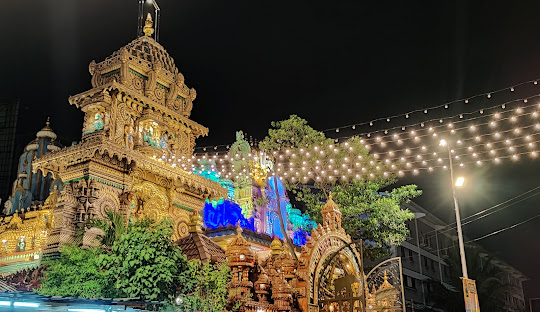
Recitation of the Hanuman Chalisa, a 40-verse hymn dedicated to Hanuman, is a common practice.
Devotees also sing bhajans (devotional songs) to praise his virtues.

Many devotees observe a fast on this day, consuming only fruits and milk, as a mark of devotion and self-discipline.
Rituals include lighting lamps, offering sweets, and performing aarti. Some devotees also enact episodes from the Ramayana, highlighting Hanuman’s heroism and devotion.
Acts of kindness, such as feeding the needy or donating to charitable causes, are also undertaken to honour Hanuman’s selflessness.
The Auspiciousness of Hanuman Jayanti
Hanuman is considered a Chiranjeevi, meaning an immortal being, and is revered as a protector, guide, and healer.
Worshipping Hanuman on his birth anniversary is believed to bring immense spiritual benefits.
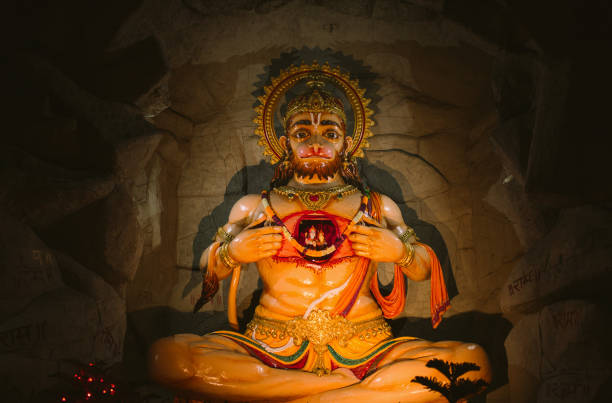
Devotees pray for his blessings to overcome challenges, remove obstacles, and gain strength to face adversities.
Hanuman is also regarded as the remover of fears and the protector of the weak, making his Jayanti an auspicious day to invoke his divine grace.
Another reason for celebrating his birth anniversary is to learn and embody the qualities he showcased through the stories in the Ramayana.
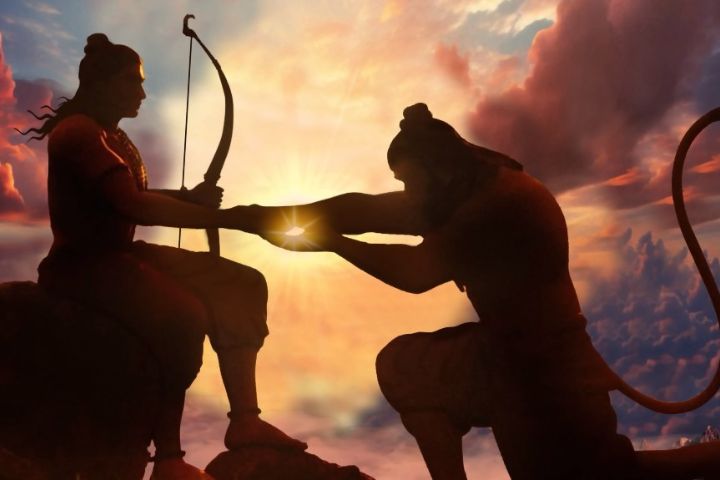
His devotion, discipline, bravery, and humility serve as timeless lessons for us all. By emulating these virtues in our daily lives, we can strive for personal and spiritual growth.
Thus, on this sacred day, let us chant the auspicious name of Rama and worship his dearest devotee, Hanuman, for a better year ahead. Jai Hanuman!
Follow us on Instagram, Facebook or Telegram for more updates and breaking news.


